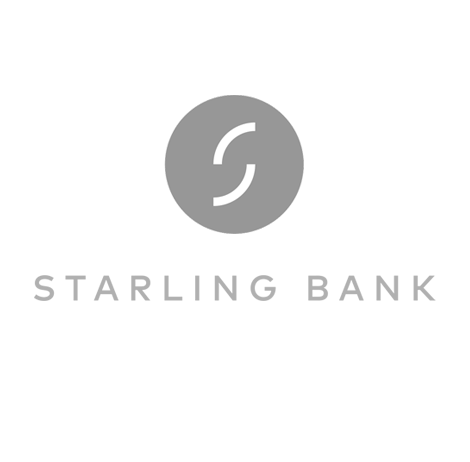

A Neo bank is a bank that does not have any physical branches or locations and provides its services digitally. These banks are not tied to any legacy banking systems, allowing them to provide better customer experiences built with the customer in mind, rather than the organisation.
Neo banks are often classed as 'challenger banks' due the fact that they attempt to change banking norms and eat away at bigger organisation's market share.
Neo banks offer a variety of services, including banking accounts, credit cards, personal finance management, mortgages, business banking and many more.
We've selected some noteable neo banks from each continent for this directory. As new brands are being created every month, we'll be updating this list as our new favourites emerge.
With open banking set to launch in 2019, the Australian banking market is ripe for disruption via Neo Banks. The 'Baby Bank' license has also opened up the potential for smaller start-ups to get going and contribute to an already strong financial market.




It could be argued that neo banking was born in the UK, thanks to their open banking legislation. The majority of these brands have been around for a few years now, meaning their novelty has worn off - they'll need to starting working hard on acquiring new customers who aren't as technologically savvy or keen to move over to a digital only bank.




Mobile phones have changed the game around how people communicate in Africa, allowing even the most remote villages access to the world. In turn, banking in this continent has started to cater to these mobile natives, with brands providing state of the art banking experiences through mobile banking apps.




There are 670 million digital banking consumers today in Asia, which is expected to rise to 1.7 billion by 2020 (Sengupta et al, 2018). Banks are rushing to meet these needs of these customers, with neo banks at the fore front for providing superior banking experiences.




While N26 is the most well known European neo bank, many smaller Scandinavian brands have also started to enter the market. With a singular currency across most of the region, the challenge will be for these brands to acquire customers outside of their native country.




In Canada, almost half of all retail bank customers are embracing digital banking channels, but customer satisfaction with these channels remains low. The US has had similar teething problems, despite the increase in new brands in the market.
Neo banks could pick up the slack here and steal customers from larger institutions.




Neo banks in South America largely target the unbanked and underbanked consumers, rather than attacking traditional institutions. There is some movement towards the industry opening up further, so expect to see more direct competition with the big banks in the future.



